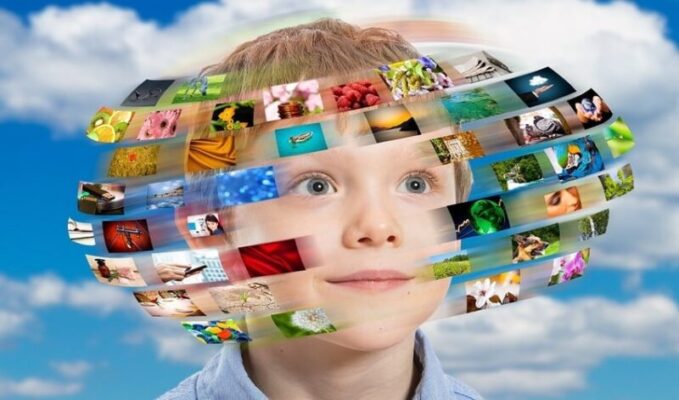
Top 5 Assistive Technology In Modern Life
Last updated on June 23rd, 2022 at 04:29 am
Technology is revolutionizing the world around us and changing it for the better in many areas of life and work. One of its key benefits is that it contributes greatly to the social inclusion of people in need who cannot function independently.
We will focus on two aspects of the story – the current state of assistive technologies and the top five ways it improves our lives in the 21st century. Let’s take a look!
The State of Assistive Technologies in 2020
More than one billion persons globally have some form of disability, which corresponds to about 15% of the world’s population. It’s a staggering figure, but the good thing is that assistive technologies can help the vast majority of people in need to overcome obstacles and improve the quality of their lives.
According to the report, the global assistive technology market will reach $26 billion by 2024, nearly doubling from $14 billion in 2015. With an aging global population and a rise in non-communicable diseases, more than two billion people will need at least one assistive product by 2030.
Assistance tools, gear, and gadgets come in many different forms, but our goal is to concentrate on the most important examples only. Keep reading to check them out!
Electric Wheelchairs
We all know traditional mobility assistants such as prosthetic devices, walkers, and wheelchairs, but the real revolution starts with electric wheelchairs. What makes this technology so impressive? Here are the main reasons:
- Simplicity: Electric wheelchairs are easy to use and suitable for almost every type of mobility issue.
- Accessibility: Traditional wheelchairs are limited in terms of mobility because they require much more space for navigation and constant support.
- Safety: Unlike classical wheelchairs, electric versions of the same product have a much lower center of gravity. As such, they are stable and safe, which gives users a real confidence boost.
GPS Tracking Devices for Persons with Impaired Vision
Impaired vision is probably the most difficult type of disability because it forces people to invest a lot of time in training and learning how to overcome obstacles in everyday navigation. Fortunately, GPS tracking devices are now available globally as they even come in the form of mobile apps.
What can they do?
First of all, GPS systems give individuals with vision impairments accurate information concerning their whereabouts. Secondly, this technology gives people directions with easy-to-understand movement instructions. And thirdly, it pinpoints barriers and suggests people how to bypass them.
Google Read & Write
Google Read & Write is one of the simplest and most helpful tools for students and other individuals who need assistance with the textual content. The platform serves as a self-esteem driver because it enables easier reading, writing, studying, and research. Google Read & Write grants you access to a number of practical functions such as:
- Text-to-speech auditory assistance
- A two-color text differentiation
- Digital dictionary suitable for both the text and images
- Dictation assistance to translate speech into text
- Writing suggestions and spelling corrections
Voice Generation Technology
Speech-generating devices represent durable medical equipment that provides an individual who has severe speech impairment with the ability to meet his or her functional speaking needs. In other words, voice generation technology enables users to speak freely.
Think about it for a moment and you’ll realize the significance of this assistive technology. After all, don’t forget that one of the greatest physicists of the 20th century, Stephen Hawking, used a speech-generating device to give lectures at the University of Cambridge.
Assistive Listening Systems
Finally, we must mention assistive listening systems because they help individuals who are hard of hearing to perceive sounds and understand auditory content. Such devices act as amplifiers and deliver the sound to one or both ears of a person with auditory impairments.
According to the report, nearly 470 million people worldwide have disabling hearing loss. Almost all of them can use assistive listening systems as these are adaptable to different levels of hearing complications – from easy over mild to serious.
The system is based on three types of technologies: infrared, loop, and FM. We do not want to explain the technicalities here, but each of these options is considered to be perfectly functional.
The Bottom Line
More than a billion people from all over the world struggle with some sort of disability, but that’s where assistive technologies play their role and help persons in need to improve the quality of their lives. In this post, we highlighted the top five assistive technologies in modern life. Do you think there are other, more important types of assistive technologies that we forgot to mention?

Thomas Lanigan is a blogger and assignment help expert from London, UK. He is also a professional content writer in such topics as blogging, marketing features, progressive education programs, and business. Thomas is a passionate traveler and a dedicated long-distance runner.
